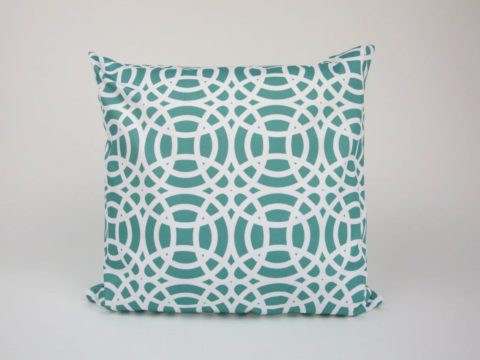Lambeth Palace
Chapter 2 : Lambeth and its Archbishops
A home for the Archbishops of Canterbury was first begun at Lambeth in the late 12th century under Archbishop Baldwin (Abp from 1184) much to the consternation of the monks of Canterbury, who felt their ascendancy was being challenged. They requested the Pope to forbid continuation of works. In the end, the Archbishop was allowed to build a small home of Great Hall, chapel and accommodation. Gradually, with Westminster being the seat of royal government, the palace grew in size and importance.
There have been 65 Archbishops from Baldwin to the present incumbent, frequently joining his role of Primate of the Church with that of Lord Chancellor, the King’s chief minister.
Being advisor to the King was not always a popular position and a number of archbishops came to bad ends – Archbishop Simon of Sudbury (Abp from 1375) lynched during the Peasants’ Revolt, and Archbishop Laud, executed by Parliament were unpopular with the people. Others incurred royal wrath, most notably, of course, Thomas a Becket, murdered by King Henry II’s henchmen, but there were also Thomas Arundel (Abp from 1396) exiled by Richard II; Thomas Cranmer, burnt for heresy under Mary and Edmund Grindal (Abp from 1575) who was effectively placed under house arrest and ignored by Elizabeth for his Puritan leanings.
Finally, there was Archbishop William Sancroft, (Apb from 1678) who was first imprisoned under James II, for refusal to accept the Declaration of Indulgence (aimed at granting religious freedom) but then would not swear allegiance to William and Mary who deposed James. Later Archbishops have had less perilous careers!






